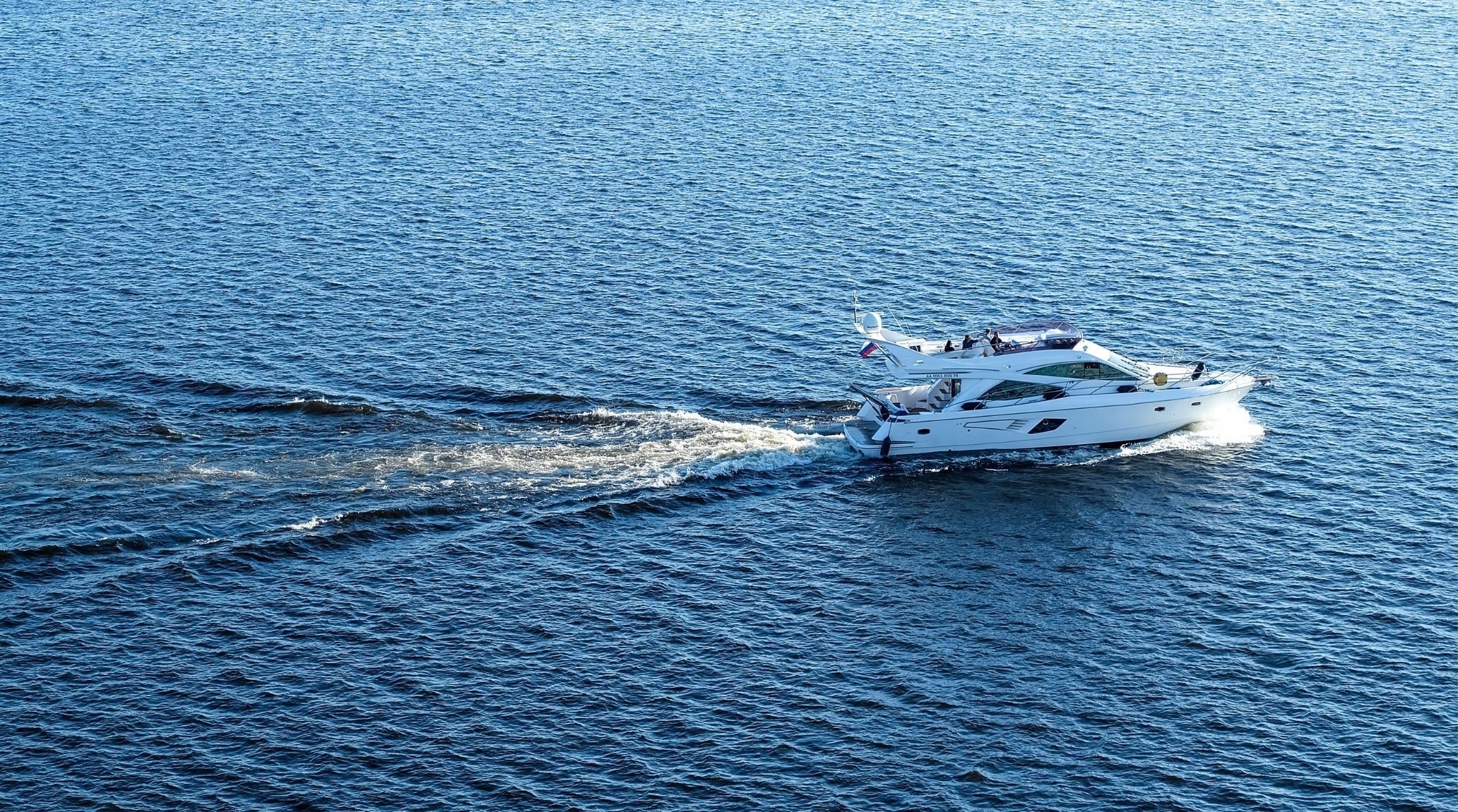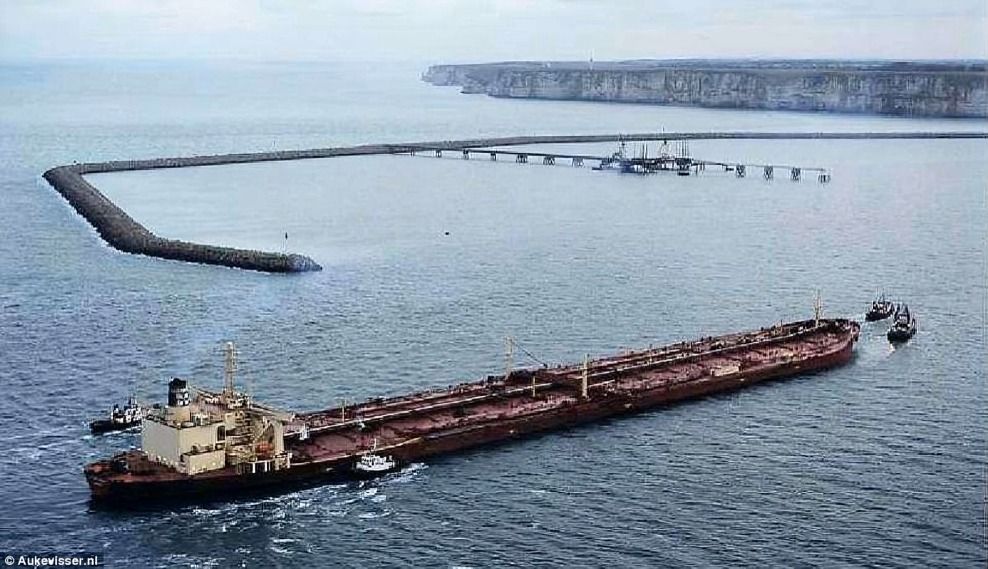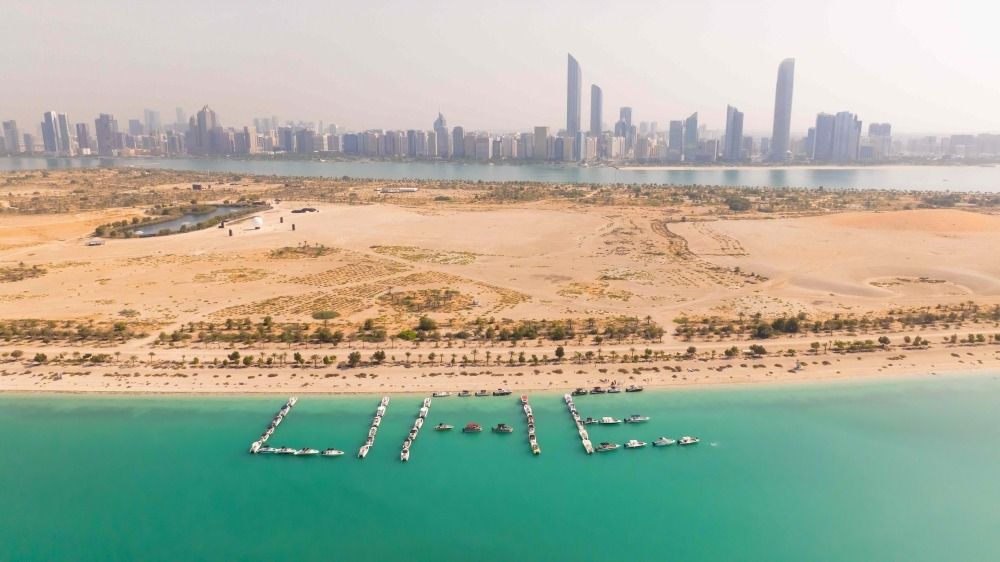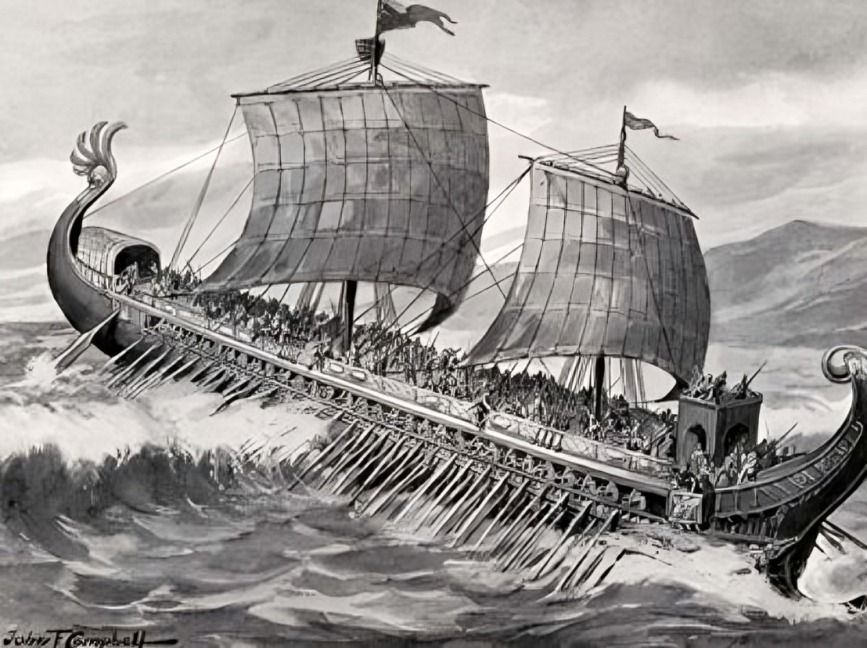
“
Discover Remarkable Boat Facts, where innovation, history, and engineering come together to showcase some of the most astonishing maritime achievements. From ancient vessels that have withstood the test of time to cutting-edge technology redefining the future of boating, this blog dives into the extraordinary feats and records that have shaped our understanding of watercraft. Explore how these remarkable boats have pushed boundaries, broken records, and transformed the way we navigate and experience the waters.1
1
”

The Pesse canoe, believed to be around 10,000 years old, is the world's oldest known boat. Discovered in the Netherlands, this ancient vessel offers remarkable insight into early human ingenuity, showcasing the beginnings of watercraft technology and exploration.
The "Azzam," owned by a member of the royal family of the United Arab Emirates, measures a colossal 180 meters (590 feet) and can reach speeds of over 30 knots, making it one of the most impressive private yachts ever built. 1
Laura Dekker became the youngest person to sail around the world. She began her solo journey at 14 in 2010 and completed it 518 days later at age 16, making history with her incredible accomplishment. 2
The largest 3D printed boat, measuring an astounding 11.98 meters, was crafted by Abu Dhabi Maritime and Al Seer Marine. This maritime marvel was unveiled in Abu Dhabi on 6 November 2023, showcasing the cutting edge of boat construction technology. 3
Some boats serve as floating hospitals, like the "Mercy Ships," which offer medical care in underserved regions. These maritime medical facilities bring essential services to isolated communities around the globe.4
On Malaysia Day, 13 September 2014, a spectacular 1,180 boats sailed together in Kemaman, Terengganu. This record-breaking parade turned the waters into a vibrant display of unity and celebration. 5

The “Seawise Giant,” later known as the “Knock Nevis,” was the longest ship ever built, stretching 458 meters (1,504 feet). This giant oil tanker could carry up to 564,763 tons of crude oil.
Boats have a limited lifespan, beyond which they may no longer be considered safe or stable. Typically, cargo ships are expected to last 20 to 30 years, while sailboats, even those built from materials like plywood or fiberglass, are designed for 30 to 40 years of use. 6
Concepts for floating cities, like "The Seasteading Institute’s" designs, aim to create self-sustaining communities on water. These innovative projects envision a future where boats evolve into complete floating metropolises. 7

On November 28, 2023, The Captain's Club achieved a unique milestone by creating the largest boat word ever, consisting of 52 letters. This record was a tribute to the UAE’s 52nd National Day.
The difference between a boat and a ship largely hinges on their weight, with vessels over 500 tons classified as ships. Due to their greater size and capacity, ships are capable of carrying smaller boats onboard.8
Today, there are approximately 18 million boats owned by Americans. These boats serve various purposes, with some used for commercial and business activities, while others are enjoyed for recreational and leisure activities, reflecting their diverse roles in American life.9
In the 1300s, Jeanne de Clisson, seeking revenge for her husband's beheading, sold her lands to buy three ships. Painted black with red sails, she targeted French ships and executed captured nobles with an axe, truly embodying "Hell hath no fury like a woman scorned."10

Solar-powered boats, like the “PlanetSolar,” use renewable energy from the sun to cruise across oceans. This eco-friendly approach represents a significant step toward sustainable maritime travel.
Ken Warby set the official world water speed record at 275.97 knots (511.09 km/h) with his jet-powered hydroplane, Spirit of Australia, on 8 October 1978. Remarkably, he may have reached an unofficial speed of 300 knots (555 km/h) just the year before!11
An old abandoned Russian cruise ship has been drifting through international waters since 2013. The MV Lyubov Orlova, once a luxury liner, was left adrift after breaking free from its tow, and its eerie, unmoored journey continues to intrigue.12

The “Trireme,” an ancient Greek warship, featured three rows of oars on each side, providing exceptional speed and agility. This design made it a powerful and agile force in naval warfare, capable of outmaneuvering and defeating enemy ships.
Future boats might sail autonomously, thanks to advancing technology. Equipped with sensors and GPS, these self-propelling ships could navigate oceans, canals, and rivers without human intervention, enabling efficient transport between towns and cities. 13
Icebreaker ships are designed to cut through frozen waters with reinforced hulls, allowing them to keep shipping lanes open in polar regions. Their powerful engines and sturdy construction enable them to navigate through thick ice, supporting maritime trade and exploration.14
While the "Titanic" is well-known, the "Antikythera" shipwreck, discovered off Greece, dates back to around 60 BC. It contained the Antikythera mechanism, an ancient astronomical device that reveals the advanced technological knowledge of early civilizations.15


